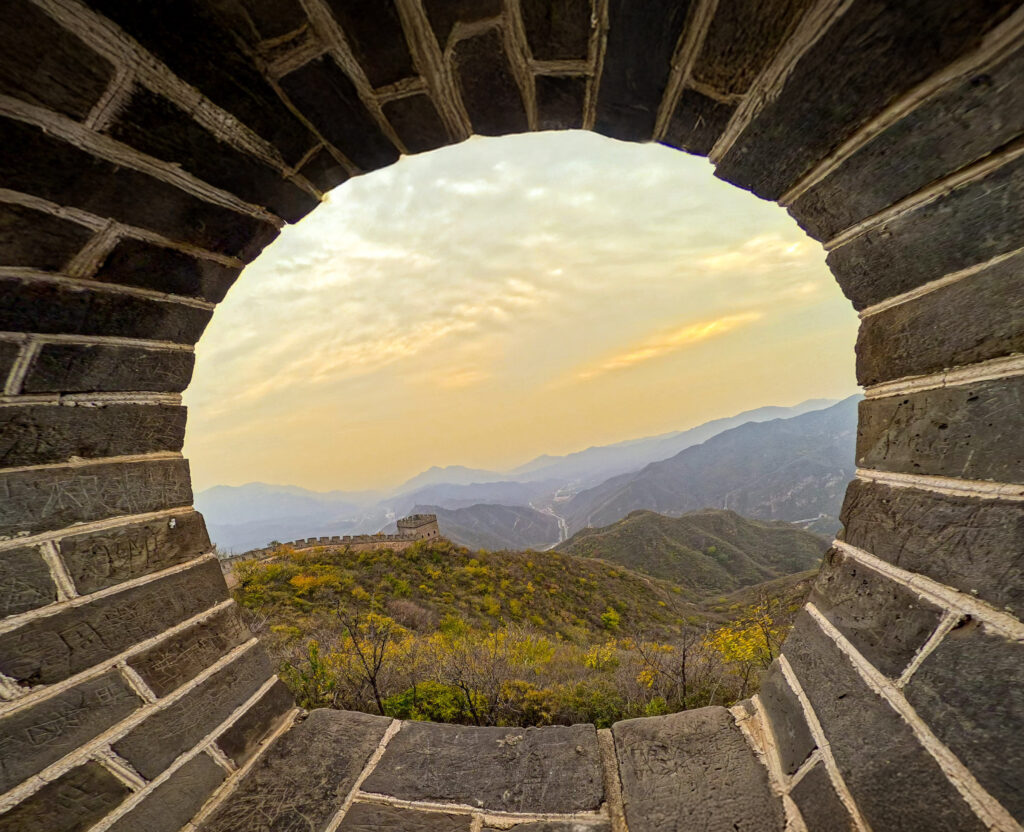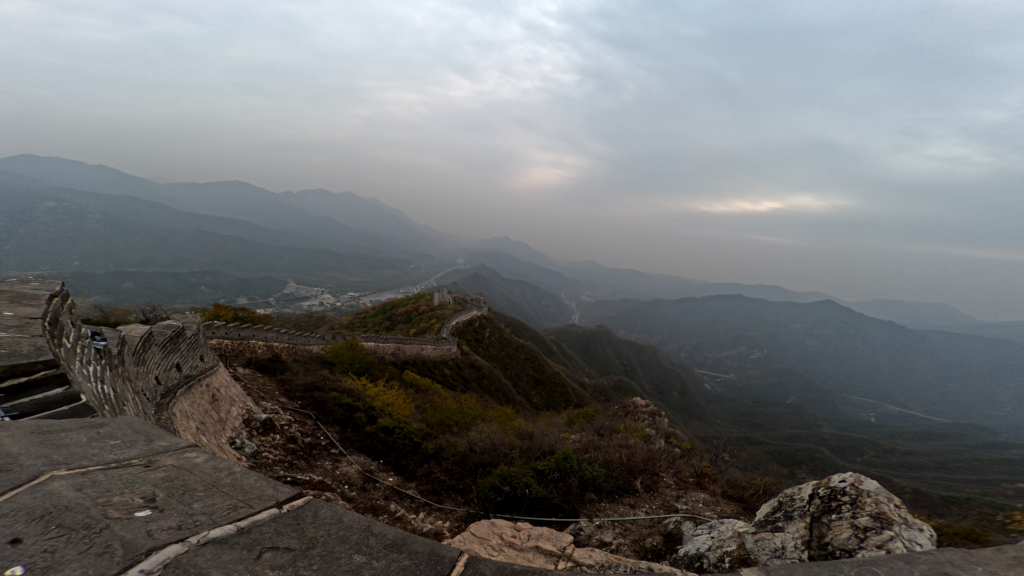China Trip – 2024 – Maps to Albums

Clickable map of our recent trip in China
We divided This trip up into four epics:
- Beijing
- Suzhou and Wuxi
- Hangzhou
- Shanghai
Clicking on the thumbnails in the map will take you to each of the epic sections. Within each of those sections or destinations there are further thumbnails that will provide you with links to photo albums of those locations or events. You can click on our logo to hear an overview of that particular epic location. You can click on the back arrow on the left hand side to go back up to the top clickable map. Where there is a speaker icon on the map you can click on that to hear an audio podcast style description for that location.
I haven’t completed all of the audio podcasts yet as I underestimated the size of the undertaking. I do want to get this published so if you find something that appears to have a link but doesn’t go anywhere it will be rectified over the coming days or weeks. I’d be happy for you to point that out to me though in case I do miss one.
Epic 1 Beijing
Beijing, China’s sprawling capital with a population of 22.2 million, is a vibrant metropolis that seamlessly blends ancient history with modern innovation. It is the largest national capitol city in the world by population. As the political and cultural heart of the country, Beijing offers a wealth of historical landmarks, including the iconic Great Wall, the majestic Forbidden City, and the serene Temple of Heaven. Visitors can explore bustling markets, indulge in Peking duck, and experience the unique charm of traditional hutongs. With its impressive skyscrapers and innovative architecture, Beijing represents the dynamic and fast-paced nature of modern China while preserving its rich cultural heritage. I first visited this city as I did Shanghai and Suzhou in 1988. Needless to say, the transformation over this time has been dramatic and positively impressive.


Video – Timelapse of climbing part of the great wall.
…and then we had to go down. Another timelapse.
When we traveled on the bus between various locations in Beijing I did take some photographs out of the window of the bus at various locations. Here’s a link to that album. Finally, here is a small album of photographs from 1988 when I was in Beijing.
Epic 2 Suzhou and Wuxi
Suzhou
Suzhou, often referred to as the “Venice of the East” with a population of 8.4 million, is renowned for its picturesque canals, classical gardens, and silk industry. Located in Jiangsu province, Suzhou’s gardens, such as the Humble Administrator’s Garden and the Lingering Garden, are UNESCO World Heritage sites that exemplify Chinese garden design. The city is also famous for its ancient silk production, with the Suzhou Silk Museum offering insights into this intricate craft. With its charming waterways, elegant pagodas, and rich cultural history, Suzhou offers a tranquil escape and a glimpse into China’s artistic heritage.
Wuxi
Wuxi, located in southern Jiangsu province, is a vibrant city known for its rich cultural heritage and scenic beauty. As of 2024, Wuxi boasts a population of approximately 3.5 million people. The city is famous for its picturesque landscapes, including the serene Lake Tai and the impressive Mt. Lingshan Grand Buddha Scenic Area, which features an 88-meter-tall Grand Buddha statue. Wuxi is also home to several historical sites, such as the Lihu Park and the Wuxi Museum, offering a glimpse into the region’s storied past. With its blend of modern amenities and historical charm, Wuxi is a must-visit destination for travelers seeking both relaxation and cultural enrichment.
Epic 3 Hangzhou
Hangzhou, the capital of Zhejiang province with a population of 8.4 million, is celebrated for its natural beauty and historical significance. The city’s most famous attraction is West Lake, a UNESCO World Heritage site, known for its serene waters, picturesque pagodas, and romantic bridges. Hangzhou’s lush tea plantations, particularly the renowned Longjing tea, add to its idyllic landscape. Visitors can explore ancient temples, such as Lingyin Temple, and enjoy the vibrant atmosphere of Hefang Street. With its combination of scenic beauty and cultural richness, Hangzhou is a captivating destination that has inspired poets and painters for centuries.
Epic 4 Shanghai
Shanghai, China’s largest city with a population of 29.9 million, is an exciting blend of East and West, where traditional Chinese culture meets cosmopolitan modernity. Known for its stunning skyline along the Huangpu River, particularly the futuristic skyscrapers of Pudong, Shanghai is a city that never sleeps. Visitors can stroll along the historic Bund, shop in luxury boutiques on Nanjing Road, or explore the artistic enclave of the French Concession. With its world-class dining, vibrant nightlife, and numerous cultural attractions, Shanghai is a dynamic destination that epitomizes the energy and diversity of contemporary China.
I’ve dedicated two maps with clickable images to Shanghai. This is because there were many places we visited in the heart of the city which deserved their own expansion map. I wanted to include the location of the hotel and the airport in relation to the center of the city as we use public transport on the last day to navigate our way into the city in order to visit the Yu Gardens before heading out to the airport. The public transport system was not only cheap clean modern but easy to use. Fifteen stops into the city cost about $1.50 Australian.
Detailed Shanghai Map
The last couple of days in Shanghai were really exciting because places to visit work close together and provided a mix of traditional and modern architecture and venues. The traditional Yu Gardens and restored traditional Chinese houses in the French concession and old Shanghai Street contrasted with the modern incredibly tall skyscrapers opposite the Bund. On our last day in Shanghai we decided to take the day to ourselves and visit the Yu Gardens which I had fond memories of visiting many many years ago. It gave us a chance to try out the modern public transport system which was a pleasure to travel on. As our trip came to a close while we were waiting at the Pudong Airport we both agreed that this was a trip worth taking an incredible value.
This blog post has been an experiment in seeing if I can combine adobe portfolio albums which originate from the Lightroom product with maps that contain thumbnails of those albums created for use in this wordpress website to provide a map style context to our travels. This experiment will extend into our big trip next year which includes 40 countries over 280 days. I want to have a system whereby I can share images words and videos along with podcast items in a way that doesn’t lose the listener reader or viewer along the way. Over on my learn shifting blog I have an article that covers my reasoning for the use of maps and images to tell a story relating back to my experiences as a child reading stories and associating them with places on a map.

